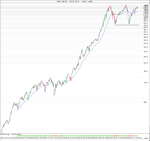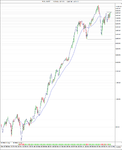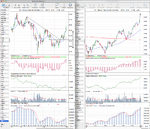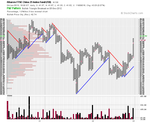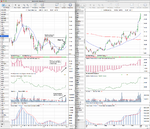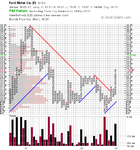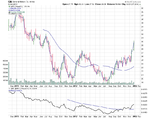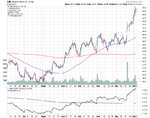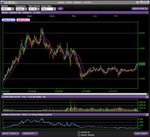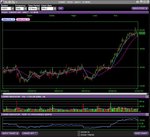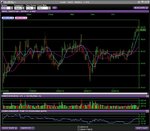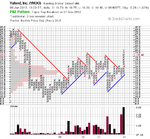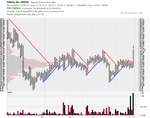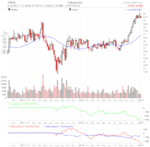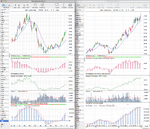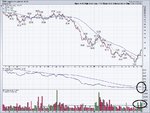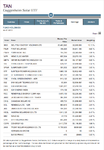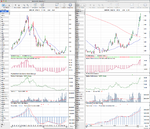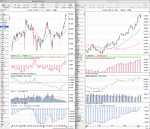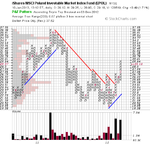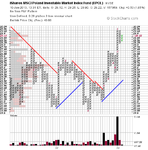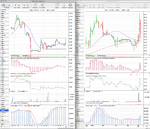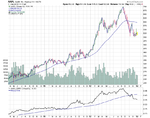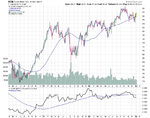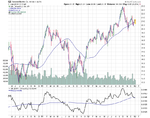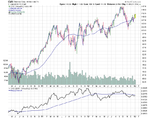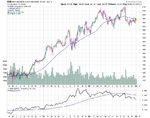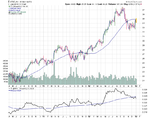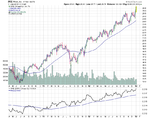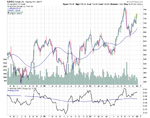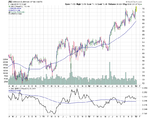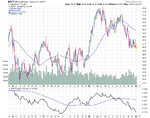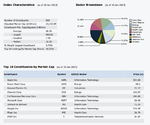isatrader
Senior member
- Messages
- 2,964
- Likes
- 135
European Indexes
I thought it would interesting to have a look at the charts of the European Stock Indexes as the DAX has lead the relative performance table on my weekly update for over 6 months now. So attached are the weekly charts which are all in Stages 1 and 2 unlike the US indexes.
I thought it would interesting to have a look at the charts of the European Stock Indexes as the DAX has lead the relative performance table on my weekly update for over 6 months now. So attached are the weekly charts which are all in Stages 1 and 2 unlike the US indexes.
Attachments
-
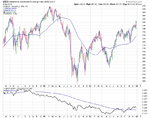 sc-14.png34 KB · Views: 277
sc-14.png34 KB · Views: 277 -
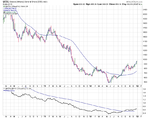 sc-15.png24.8 KB · Views: 240
sc-15.png24.8 KB · Views: 240 -
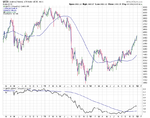 sc-16.png31.2 KB · Views: 290
sc-16.png31.2 KB · Views: 290 -
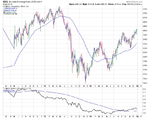 sc-17.png33.4 KB · Views: 253
sc-17.png33.4 KB · Views: 253 -
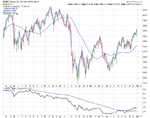 sc-18.png33.5 KB · Views: 269
sc-18.png33.5 KB · Views: 269 -
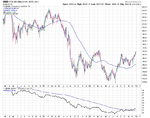 sc-23.png31 KB · Views: 247
sc-23.png31 KB · Views: 247 -
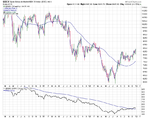 sc-22.png31.1 KB · Views: 235
sc-22.png31.1 KB · Views: 235 -
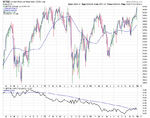 sc-21.png39.7 KB · Views: 248
sc-21.png39.7 KB · Views: 248 -
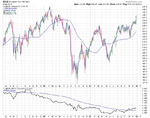 sc-20.png34.5 KB · Views: 238
sc-20.png34.5 KB · Views: 238 -
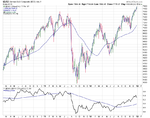 sc-19.png36.6 KB · Views: 269
sc-19.png36.6 KB · Views: 269 -
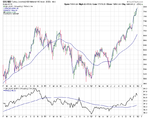 sc-25.png34.2 KB · Views: 255
sc-25.png34.2 KB · Views: 255 -
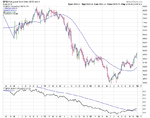 sc-24.png30.1 KB · Views: 234
sc-24.png30.1 KB · Views: 234

